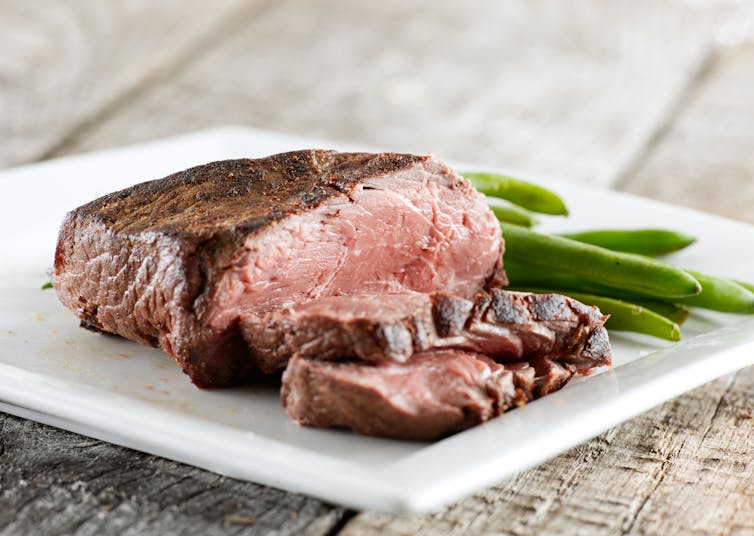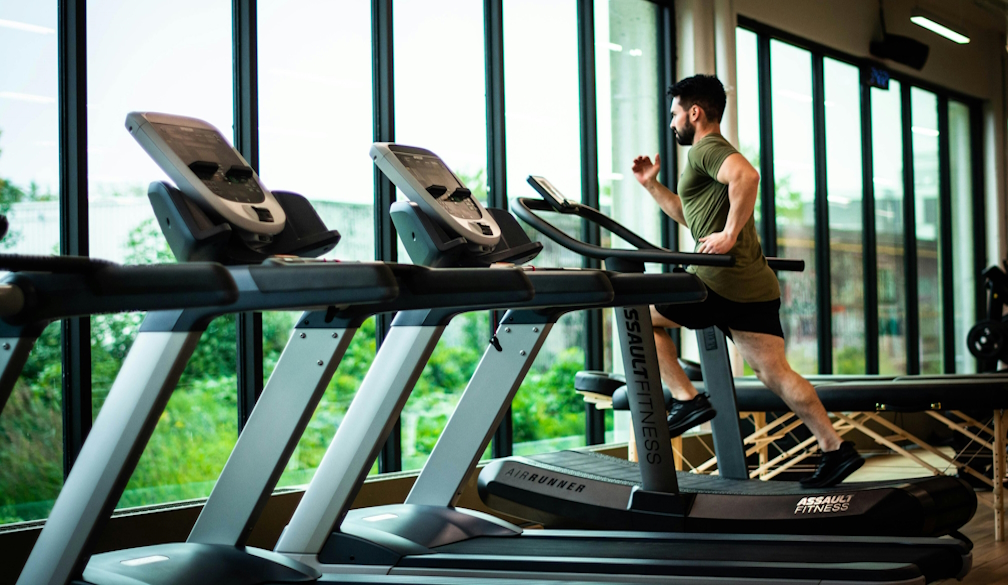How to feed a growing population healthy food without ruining the planet
- Written by Alessandro R Demaio, Australian Medical Doctor; Fellow in Global Health & NCDs, University of Copenhagen
If we’re serious about feeding the world’s growing population healthy food, and not ruining the planet, we need to get used to a new style of eating. This includes cutting our Western meat and sugar intakes by around 50%, and doubling the amount of nuts, fruits, vegetables and legumes we consume.
These are the findings our the EAT-Lancet Commission, released today. The Commission brought together 37 leading experts in nutrition, agriculture, ecology, political sciences and environmental sustainability, from 16 countries.
Over two years, we mapped the links between food, health and the environment and formulated global targets for healthy diets and sustainable food production. This includes five specific strategies to achieve them through global cooperation.
Read more: How to conserve half the planet without going hungry
Right now, we produce, ship, eat and waste food in a way that is a lose-lose for both people and planet – but we can flip this trend.
What’s going wrong with our food supply?
Almost one billion people lack sufficient food, yet more than two billion suffer from obesity and food-related diseases such as diabetes and heart disease.
The foods causing these health epidemics – combined with the way we produce our food – are pushing our planet to the brink.
One-third of the greenhouse gas emissions that drive climate change come from food production. Our global food system leads to extensive deforestation and species extinction, while depleting our oceans, and fresh water resources.
To make matters worse, we lose or throw away around one-third of all food produced. That’s enough to feed the world’s hungry four times over, every year.
At the same time, our food systems are at risk due to environmental degradation and climate change. These food systems are essential to providing the diverse, high-quality foods we all consume every day.
A radical new approach
To improve the health of people and the planet, we’ve developed a “planetary health diet” which is globally applicable – irrespective of your geographic, economic or cultural background – and locally adaptable.
The diet is a “flexitarian” approach to eating. It’s largely composed of vegetables and fruits, wholegrains, legumes, nuts and unsaturated oils. It includes high-quality meat, dairy and sugar, but in quantities far lower than are consumed in many wealthier societies.
 Many of us need to eat more veggies and less red meat.
Joshua Resnick/Shutterstock
Many of us need to eat more veggies and less red meat.
Joshua Resnick/Shutterstock
The planetary health diet consists of:
- vegetables and fruit (550g per day per day)
- wholegrains (230 grams per day)
- dairy products such as milk and cheese (250g per day)
- protein sourced from plants, such as lentils, peas, nuts and soy foods (100 grams per day)
- small quantities of fish (28 grams per day), chicken (25 grams per day) and red meat (14 grams per day)
- eggs (1.5 per week)
- small quantities of fats (50g per day) and sugar (30g per day).
Of course, some populations don’t get nearly enough animal-source foods necessary for growth, cognitive development and optimal nutrition. Food systems in these regions need to improve access to healthy, high-quality diets for all.
The shift is radical but achievable – and is possible without any expansion in land use for agriculture. Such a shift will also see us reduce the amount of water used during production, while reducing nitrogen and phosphorous usage and runoff. This is critical to safeguarding land and ocean resources.
By 2040, our food systems should begin soaking up greenhouse emissions – rather than being a net emitter. Carbon dioxide emissions must be down to zero, while methane and nitrous oxide emissions be kept in close check.
How to get there
The commission outlines five implementable strategies for a food transformation:
1. Make healthy diets the new normal – leaving no-one behind
Shift the world to healthy, tasty and sustainable diets by investing in better public health information and implementing supportive policies. Start with kids – much can happen by changing school meals to form healthy and sustainable habits, early on.
Unhealthy food outlets and their marketing must be restricted. Informal markets and street vendors should also be encouraged to sell healthier and more sustainable food.
Read more: Let's untangle the murky politics around kids and food (and ditch the guilt)
2. Grow what’s best for both people and planet
Realign food system priorities for people and planet so agriculture becomes a leading contributor to sustainable development rather than the largest driver of environmental change. Examples include:
- incorporating organic farm waste into soils
- drastically reducing tillage where soil is turned and churned to prepare for growing crops
- investing more in agroforestry, where trees or shrubs are grown around or among crops or pastureland to increase biodiversity and reduce erosion
- producing a more diverse range of foods in circular farming systems that protect and enhance biodiversity, rather than farming single crops or livestock.
The measure of success in this area is that agriculture one day becomes a carbon sink, absorbing carbon dioxide from the atmosphere.
 Technology can help us make better use of our farmlands.
Shutterstock
Technology can help us make better use of our farmlands.
Shutterstock
3. Produce more of the right food, from less
Move away from producing “more” food towards producing “better food”.
This means using sustainable “agroecological” practices and emerging technologies, such as applying micro doses of fertiliser via GPS-guided tractors, or improving drip irrigation and using drought-resistant food sources to get more “crop per drop” of water.
In animal production, reformulating feed to make it more nutritious would allow us to reduce the amount of grain and therefore land needed for food. Feed additives such as algae are also being developed. Tests show these can reduce methane emissions by up to 30%.
We also need to redirect subsidies and other incentives to currently under-produced crops that underpin healthy diets – notably, fruits, vegetables and nuts – rather than crops whose overconsumption drives poor health.
4. Safeguard our land and oceans
There is essentially no additional land to spare for further agricultural expansion. Degraded land must be restored or reforested. Specific strategies for curbing biodiversity loss include keeping half of the current global land area for nature, while sharing space on cultivated lands.
The same applies for our oceans. We need to protect the marine ecosystems fisheries depend on. Fish stocks must be kept at sustainable levels, while aquaculture – which currently provides more than 40% of all fish consumed – must incorporate “circular production”. This includes strategies such as sourcing protein-rich feeds from insects grown on food waste.
5. Radically reduce food losses and waste
We need to more than halve our food losses and waste.
Poor harvest scheduling, careless handling of produce and inadequate cooling and storage are some of the reasons why food is lost. Similarly, consumers must start throwing less food away. This means being more conscious about portions, better consumer understanding of “best before” and “use by” labels, and embracing the opportunities that lie in leftovers.
Circular food systems that innovate new ways to reduce or eliminate waste through reuse will also play a significant role and will additionally open new business opportunities.
Read more: Australian communities are fighting food waste with circular economies
For significant transformation to happen, all levels of society must be engaged, from individual consumers to policymakers and everybody along the food supply chain. These changes will not happen overnight, and they are not the responsibility of a handful of stakeholders. When it comes to food and sustainability, we are all at the decision dining table.
The EAT-Lancet Commission’s Australian launch is in Melbourne on February 1. Limited free tickets are available.
Authors: Alessandro R Demaio, Australian Medical Doctor; Fellow in Global Health & NCDs, University of Copenhagen



















